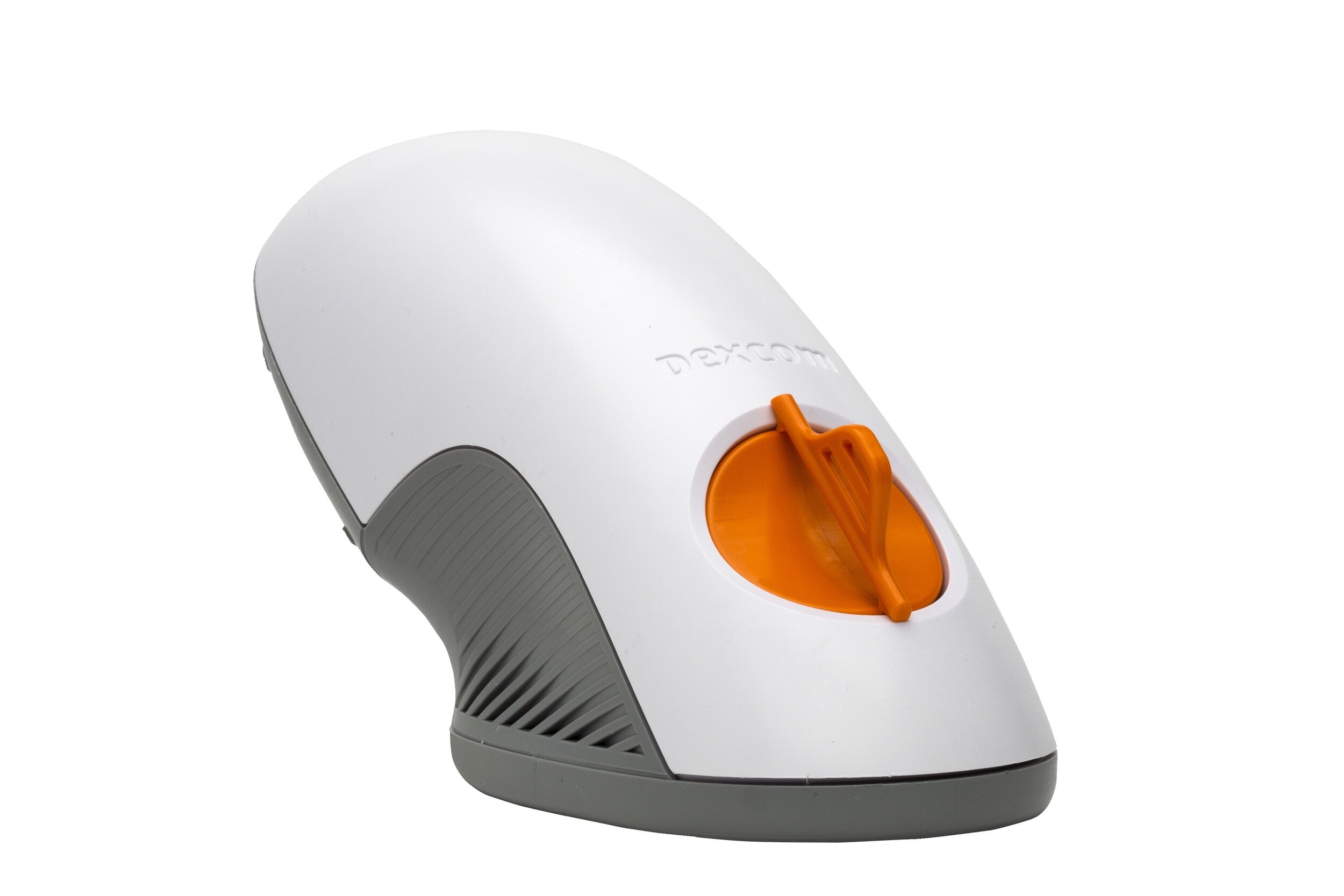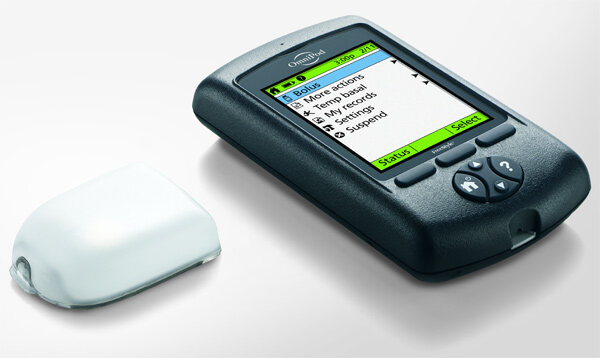Doximity Study Finds Telemedicine Will Account for $29 Billion in Healthcare Services in 2020
Researchers Also Estimate that 20% of All Medical Office Visits Will Be Virtual this Year
SAN FRANCISCO, Calif. – September 16, 2020– Doximity, the professional medical network, today published its “2020 State of Telemedicine Report,” a comprehensive analysis of telehealth trends in the U.S. since the onset of the COVID-19 pandemic. The report includes a patient survey of over 2,000 U.S. respondents on their attitudes towards telehealth, an analysis of online physician CVs, as well as data from the company’s telemedicine feature set, which is used regularly by over 100,000 U.S. doctors. The study found that 20% of all medical visits will be conducted via telemedicine in 2020, which accounts for more than $29.3 billion of medical services this year alone.
“2020 has brought dramatic changes to the healthcare system, and the transition to telemedicine is one stark example. The pandemic served to spur adoption with doctors and patients alike. And faster than anyone thought possible, moved a significant percentage of medical care online,” explains Peter Alperin, MD and Vice President at Doximity. “We hope our research will help illuminate telemedicine’s evolving role in the medical landscape for national healthcare stakeholders.”
Other Key findings from the study include:
Since the COVID-19 outbreak, the number of U.S. respondents reporting having at least one telehealth visit has increased by 57%. For those with a chronic illness, this increase is even higher at 77%. Prior to the pandemic, engagement was relatively low, 86% or respondents reporting that they had never done a telehealth visit.
Findings from last year’s study showed the number of physicians who self-reported telemedicine as a skill had been increasing by 20% year-over-year for three years. That number has nearly doubled, increasing by 38% between 2019 and 2020.
When analyzing physician interest in job opportunities by gender, the data shows that women were 24% more interested in telemedicine jobs relative to men, a significant increase over last year’s data that showed female physicians were engaging with telemedicine job ads at a 10% higher rate than their male colleagues.
"This year alone, over 20% of medical office visits will likely be conducted via telehealth. The combination of shelter-in-place orders, and the need to protect those patients most at-risk from C-19 infection, have created a real necessity to employ alternatives to the traditional in-person office visit,” said Christopher Whaley, Ph.D., lead author and assistant adjunct professor at the University of California, Berkeley School of Public Health. “Moreover, physicians have found telemedicine has served as a vital lifeline for practices negatively impacted financially by the pandemic. In our view, the rapid uptake of telemedicine has important structural implications for the U.S. Healthcare system.”
Click here to download the full 2020 State of Telemedicine report.
About Doximity
Doximity connects physicians and clinicians to make them more successful and productive. It is the largest professional medical network, with over 70 percent of all U.S. physicians as members. The network enables medical professionals to communicate with colleagues and patients and to share their perspectives on the latest health care trends and research. Doximity is based in San Francisco and was created by the founders of Epocrates and Rock Health. To learn more, visit www.doximity.com.



























